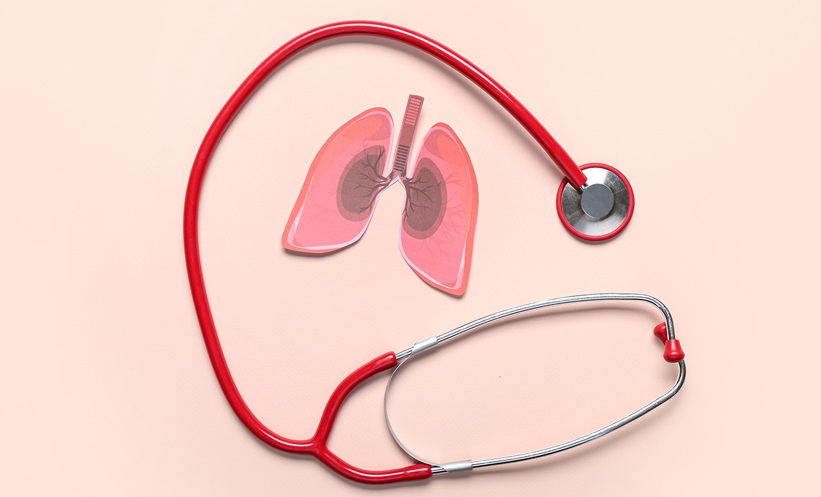Abstract
Pulmonary alveolar proteinosis (PAP) is a diffuse pulmonary disease, characterised by the accumulation of lipoproteinaceous material in the distal air spaces, which results in impaired gas transfer. Autoimmune PAP accounts for the vast majority of cases in humans and is caused by autoantibodies directed towards granulocyte-macrophage colony-stimulating factor (GM-CSF), which causes a defect in the function of alveolar macrophages linked to the disruption of surfactant homeostasis. Whole lung lavage (WLL) is the current standard of care for PAP patients and although it is effective in the majority of cases, disease persistence is not an unusual outcome, even if airspace accumulation is well controlled by WLL. Even though WLL remains the current standard therapy for PAP, in this review we focus on novel treatment approaches for autoimmune PAP.
Please view the full content in the PDF above.








